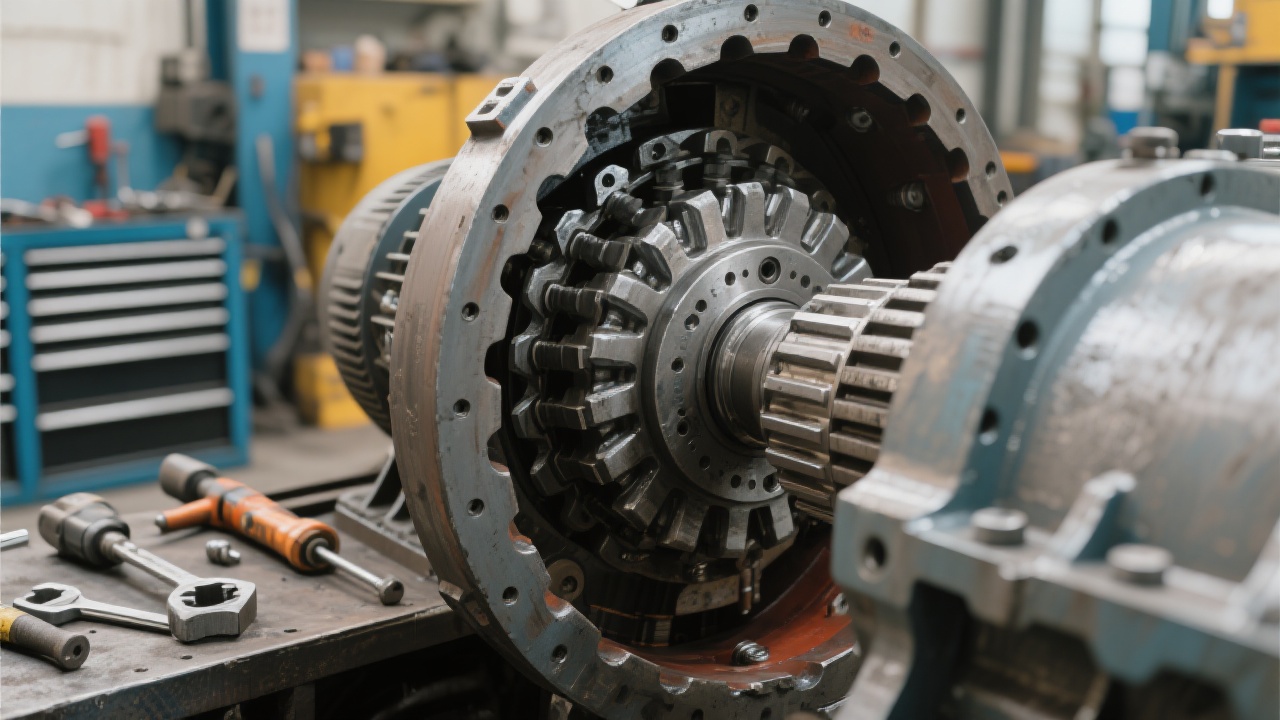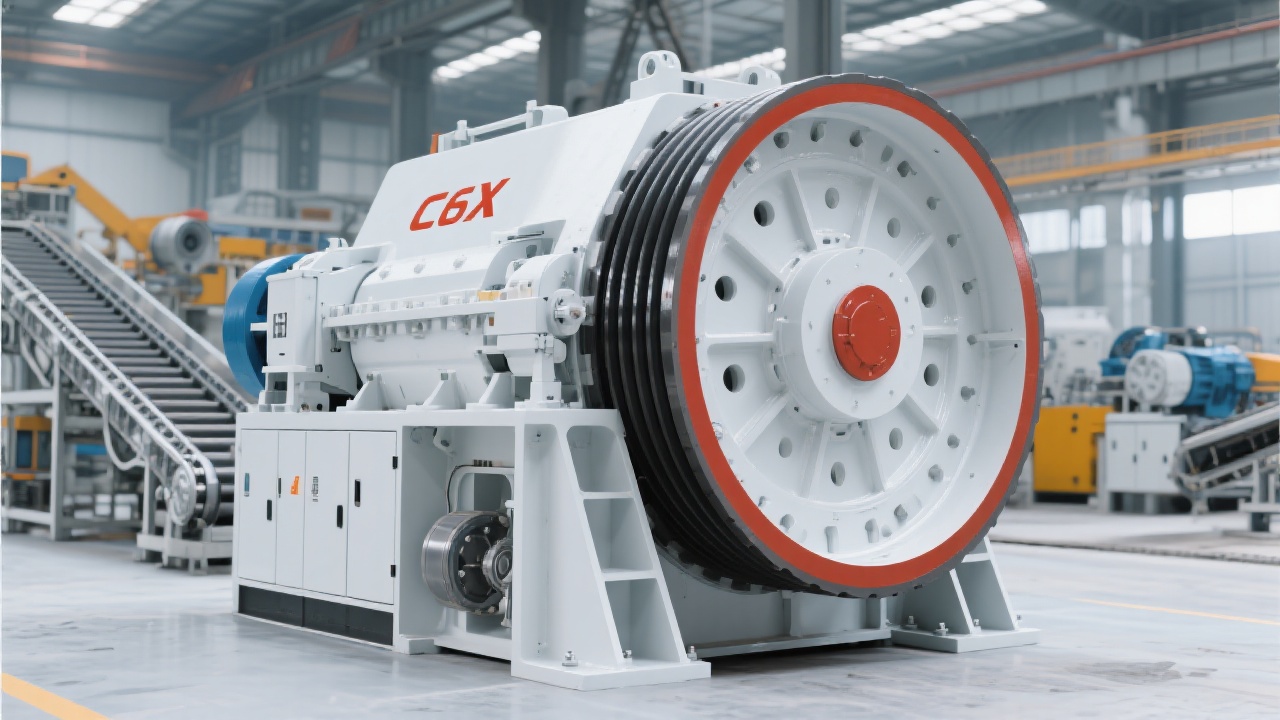
In the realm of mineral processing, maximizing crushing efficiency is paramount for driving operational profitability and sustainability. Zhengzhou Minlian Machinery Co., Ltd. has pioneered a distinctive “V”-shaped crushing cavity design in their PEW jaw crushers, revolutionizing how different metal and non-metal ores are processed. This article explores the intricate relationship between cavity geometry and crushing performance, explicating key technical principles alongside real-world applications.
The geometric parameters of a jaw crusher’s cavity—such as depth, angle, and width—play a decisive role in throughput and energy consumption. Unlike traditional rectangular or trapezoidal cavities, the “V”-shaped design optimizes the crushing stroke by applying more uniform compression forces on the feed material. This results in a more efficient breakage pattern, minimizing blockages and wear.
| Parameter | Traditional Cavity | “V”-Type Cavity |
|---|---|---|
| Crushing Efficiency | 75-80% | 85-90% |
| Energy Consumption (kWh/ton) | 15-18 | 11-13 |
| Feed Blocking Rate | 5-7% | 2-3% |
This optimization drives up to a 12% increase in throughput while reducing energy consumption by nearly 25%, valuable metrics for sustainable industrial operations.
Conventional crushing cavities often suffer from uneven force distribution, leading to material slip and redundant crushing cycles. This inefficiency elevates wear rates on jaw plates and elevates downtime. The “V”-type cavity counters these bottlenecks by promoting a consistent particle flow during the crushing cycle, resulting in smoother operations and extended maintenance intervals.

Ore characteristics such as hardness, particle size distribution, and expected output volumes dictate the ideal cavity profile. For instance:
With adjustable jaw plates and modular cavity inserts, the PEW jaw crusher offers flexible adaptation to meet on-site process demands without extensive downtime.

Efficient troubleshooting is critical to maintaining uptime and preventing costly failures. Common issues encountered include:
| Fault | Cause | Troubleshooting Tip |
|---|---|---|
| Jaw Plate Wear | High abrasive feed material | Use wear-resistant manganese steel plates; monitor regularly |
| Unstable Discharge Size | Incorrect cavity setting or feed size variance | Calibrate cavity dimensions and control feed to specs |
| Overload Tripping | Foreign object blockage or feed rate too high | Inspect and clear obstructions; optimize feed rate |
Regular preventive maintenance combined with trained operators can extend equipment lifecycle by over 30%, resulting in notable cost savings.
The PEW jaw crusher’s flexible “V”-type cavity has proven instrumental in projects targeting eco-friendly construction waste recycling. By enhancing throughput and reducing power consumption, contractors have achieved a 20% faster processing rate while meeting stringent particle size specifications for reuse. Similarly, railway maintenance projects leverage the crushers for ballast size preparation, benefiting from reduced downtime and low dust emissions—aligning with environmental regulations.
.jpg)
Such cross-industry adaptability underscores the equipment's investment value, with return on investment often realized within 18–24 months depending on operational scale.
Discover How PEW Jaw Crushers Can Transform Your Mineral Processing Efficiency



.jpg?x-oss-process=image/resize,h_800,m_lfit/format,webp)

.jpg?x-oss-process=image/resize,h_800,m_lfit/format,webp)



